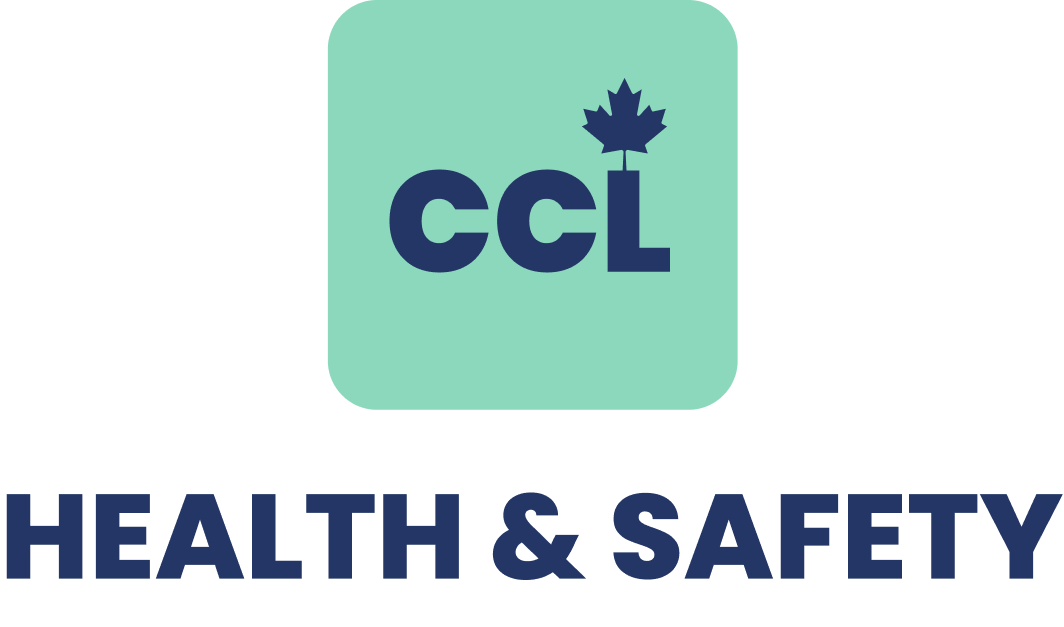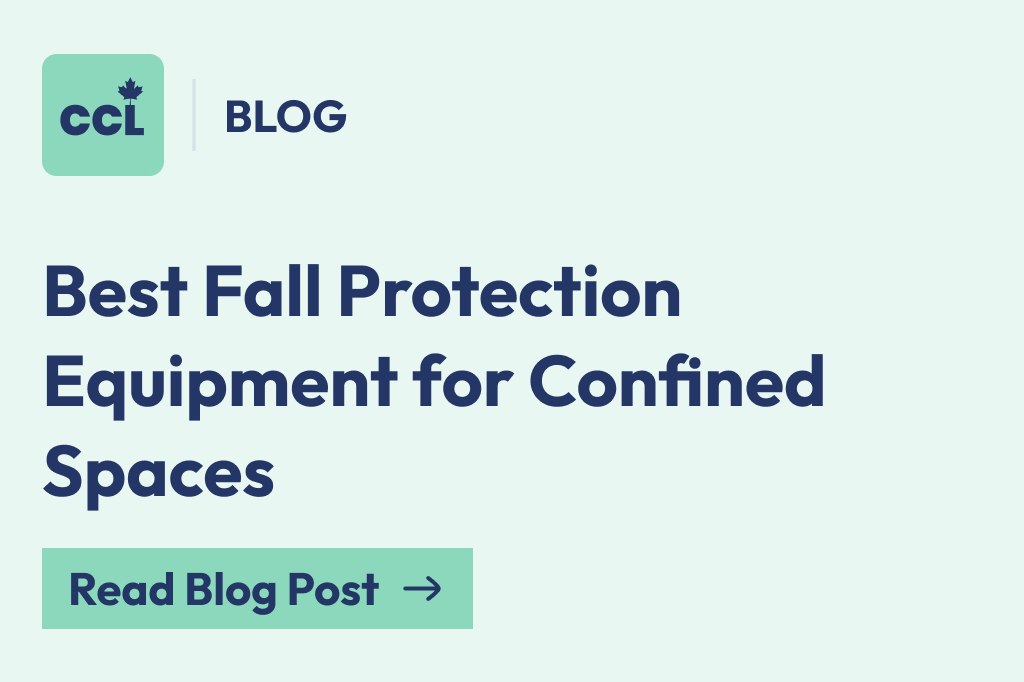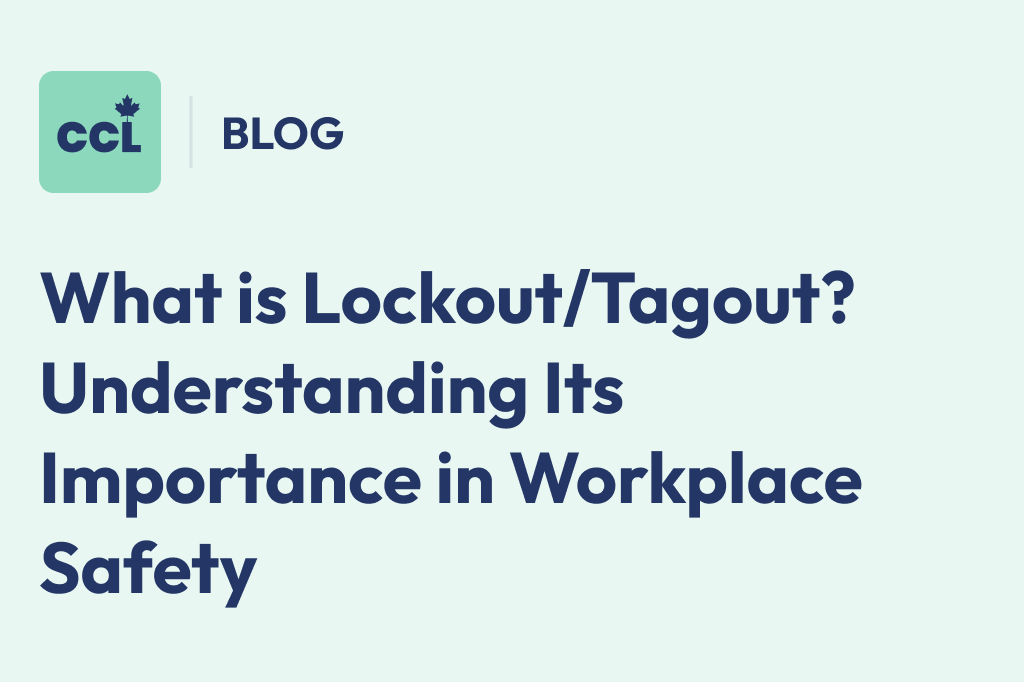Implementation and Management of Control Measures
The implementation and management of control measures within the realm of occupational health and safety are crucial for ensuring a secure work environment. Managing workplace hazards effectively necessitates a structured approach that includes the identification, assessment, and control of potential risks to health and safety. The well-being of employees hinges on a workplace’s ability to anticipate, recognize, and systematically mitigate these risks. The cornerstone of this approach is the hierarchy of controls, which prioritizes hazard elimination, substitution, engineering controls, administrative actions, and personal protective equipment.

Executing these control measures entails a continuous process that begins with a comprehensive hazard assessment. Employers are tasked with developing a methodology that identifies all possible sources of harm to personnel, whether they arise from physical, chemical, biological, or ergonomic factors.
Once the risks are outlined, it is essential to evaluate their potential impact and establish the necessary interventions. The Canadian Centre for Occupational Health and Safety provides a guide for this hierarchical strategy, emphasizing that continuous improvement and monitoring are integral components of effective safety management systems.
Central to this process is management’s commitment to health and safety, which paves the way for a collaborative environment where safety is everyone’s responsibility. A culture of safety is cultivated when an organization demonstrates that it values its workforce through the investment of time and resources into creating a hazard-free workplace.
In the context of occupational health and safety, control measures are more than just procedures—they represent a foundational commitment to preserving the health and vitality of the workforce.
Establishing Health and Safety Management Systems
Establishing a robust Health and Safety Management System is crucial for workplaces to prevent workplace accidents and illnesses. This requires a solid regulatory framework and the careful design of a system tailored to an organization’s specific needs.
Regulatory Framework and Compliance
The foundation of any Health and Safety Management System is built on compliance with applicable regulations. In Canada, occupational safety is governed by both federal and provincial legislation that defines the responsibilities of employers to maintain a safe working environment for employees. Recognizing and adhering to these laws is the first step in the implementation process. The system should align with internationally recognized standards such as ISO 45001, which specifies requirements for an occupational health and safety management system (OHSMS).
- Federal Legislation: Including but not limited to the Canada Labour Code.
- Provincial Legislation: Such as the Occupational Health and Safety Act in Ontario.
Employers are expected to stay informed about the legal requirements and continuously update their practices to remain compliant.
Designing a Management System
Designing an effective Management System entails mapping out policies and procedures that promote occupational safety and health. This includes involvement from senior management, demonstrating management commitment to safety. Employee participation in developing the system is also crucial, as it ensures that the measures are practical and increases buy-in for the program.
Key Elements of an OHSMS Include:
- Management Leadership: Visible commitment from the top levels of the organization is essential for success.
- Worker Participation: Involving employees in the planning and implementation phase to foster a culture of safety.
- Planning: Establishing clear objectives and processes to achieve safety targets.
- Support: Allocating resources necessary for training, time, and funds to support safety initiatives.
ISO 45001 provides a comprehensive framework that companies can use as a guide for developing these systems.
By focusing efforts on compliance and designing a management system tailored to the unique needs of an organization, employers can establish effective health and safety management systems that protect employees and promote a strong safety culture within the workplace.
Risk Identification and Assessment
In the context of occupational health and safety, the identification and assessment of risks are fundamental steps in protecting workers and ensuring a safe workplace. These processes serve as the bedrock upon which effective risk management strategies are built.
Conducting Risk Assessments
Conducting a risk assessment involves a systematic examination of work activities to identify what could cause injury or harm. This assessment is essential in determining the appropriate control measures that can minimize or eliminate the risks. The process typically consists of several steps, beginning with the identification of workplace hazards. Subsequently, the assessor examine4s the likelihood and potential severity of harm, considering factors such as frequency of exposure and the number of people at risk. The assessment should be thoroughly documented, and risk management plans must be communicated to all relevant parties.
Hazard Analysis and Risk Management
Hazard analysis is a critical component of risk management that requires a meticulous study of the workplace to pinpoint potential sources of harm. Following the identification of these hazards, each one must be evaluated to understand its impact on safety and health risks. Effective management control systems are then implemented to eliminate or control these hazards. These systems may include engineering controls, administrative changes, or personal protective equipment. Ensuring the engagement and training of workers is integral to the success of these measures, as well as the continuous monitoring and review to sustain occupational health and safety standards.
Implementation of Control Measures
Implementing control measures is a disciplined approach to mitigate workplace hazards and protect workers. It involves a strategic blend of practices and equipment designed to improve safety and reduce risk.
Hierarchy of Controls
The Hierarchy of Controls is a systematic method used to control exposures to workplace hazards. It consists of five levels: elimination, substitution, engineering controls, administrative controls, and personal protective equipment (PPE). The most effective strategy is elimination, which involves removing the hazard entirely, followed by substitution with a less dangerous alternative. When neither elimination nor substitution is feasible, engineering controls are implemented to physically change the work environment, reducing exposure on a technical level.
Protective Equipment and Engineering Solutions
Protective equipment and engineering solutions pertain to two different levels within the hierarchy. Personal protective equipment, or PPE, serves as the last line of defence. Items such as respirators, safety glasses, gloves, and earplugs shield workers from hazards that cannot be adequately controlled through other means.
Conversely, engineering solutions may involve more comprehensive strategies like prevention through design. This principle integrates safety during the development phase of products, processes, or facilities to prevent or mitigate hazards from the outset. Common engineering controls include ventilation systems, sound-dampening materials to reduce noise levels, and safety barriers to separate personnel from hazards.
Monitoring, Review and Continuous Improvement
Implementing control measures in health and safety is vital, yet it is their ongoing monitoring and review that ensure their effectiveness over time. Systematic evaluation allows for the refinement of these controls, ensuring they adapt to new challenges and maintain performance standards.
Effectiveness and Maintenance
The effectiveness of control measures is closely tied to their regular maintenance. Organizations should establish a schedule for routine inspections and maintenance activities, with a clear procedure for reporting and addressing deficiencies. For example, a safety officer might conduct weekly equipment checks, documenting each with a timestamp and noting any corrective actions taken.
- Routine Inspection: Schedule and record regular checks on all control measures.
- Corrective Action: Ensure a process is in place to address and resolve any issues identified.
Additionally, there needs to be a focus on performance indicators that can provide feedback about the current state of health and safety measures. Leading indicators, for instance, might include the frequency of safety meetings or the number of safety drills conducted, where lagging indicators could involve tracking the number of incidents or injuries.
Audit and Review Processes
Audit and review processes establish a framework for a systematic review, evaluating how well health and safety measures are ingrained in an organization’s culture. These reviews can be internal or external, where a third-party auditor provides an objective analysis of health and safety protocols.
- Internal Audits: Conducted by employees trained in audit procedures, focusing on continual improvement.
- External Audits: Performed by independent entities to ensure compliance with regulations and standards.
Each audit should lead to an evaluation that identifies areas for improvement, which then inform the planning of new or revised control measures. This completes a cycle of continuous improvement, where controls are not static but evolve in response to new information and changing circumstances.


